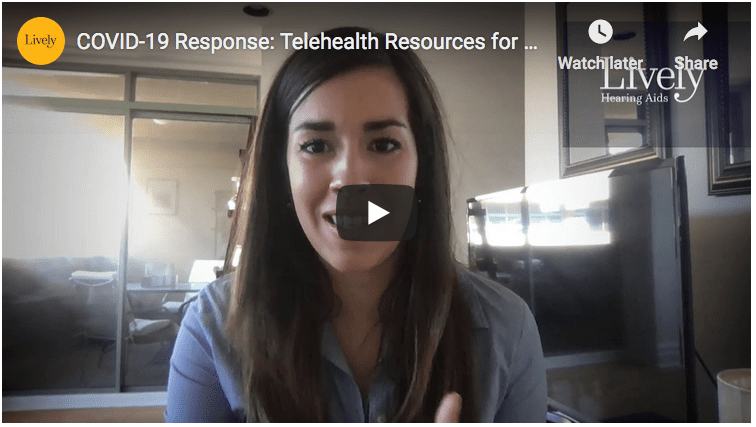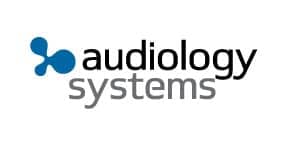A new YouTube video, “COVID-19 Response: Telehealth Resources for Audiologists,” posted by Lively offers practical tips and advice for hearing care professionals who are interested in using teleaudiology in their practices. Lively, based in New York City, is a telehealth company that has built a remote audiology platform to provide hearing aids and related services. With staff and advisors who include audiologists Harvey Abrams, James Hall III, and Bopanna Ballachanda, the company uses what many in the hearing care field describe as the “blended care model” with a strong teleaudiology component mixed with professional care when (and where) the patient needs it. Lively advertises “Hearing aids and a doctor’s care delivered to your home.”
In the new video, Lively’s Head of Clinical Audiology Christina Callahan, AuD, provides some excellent tips for implementing teleaudiology aspects in your practice/office:
In addition to advice on the various online platforms for patient communication, Callahan also recommends getting creative by using instructional videos for educating patients about the many aspects of hearing aid use and maintenance. A large number of these YouTube videos already exist from different professionals, organizations, consumers, and branded manufacturers. She notes that she has also created her own instructional videos via a smartphone for patients with more specific needs. In this way, the HCP can guide the patient, reinforcing their confidence with the device, ownership of their own hearing care, and independence in problem solving. She says Lively is also in the process of creating and adding to their own cache of informational videos so viewers can view them at their own pace, pausing and reviewing segments when clarification is needed.
“Telehealth gives us the opportunity to efficiently train patients with shorter more frequent sessions on a as-needed basis,” notes Dr Callahan. “It’s much easier to hop on a 15-minute, rather than calling, scheduling an appointment, and [having a patient travel] to an office for what be a minor, simple issue you can solve remotely. One of my favorite things about telehealth is it gives us more opportunity to check in, and be able to gather outcomes, and really make sure they’re reaching their hearing goals. So, if you do not already, I recommend you choose a validation method to include in your telehealth.”





